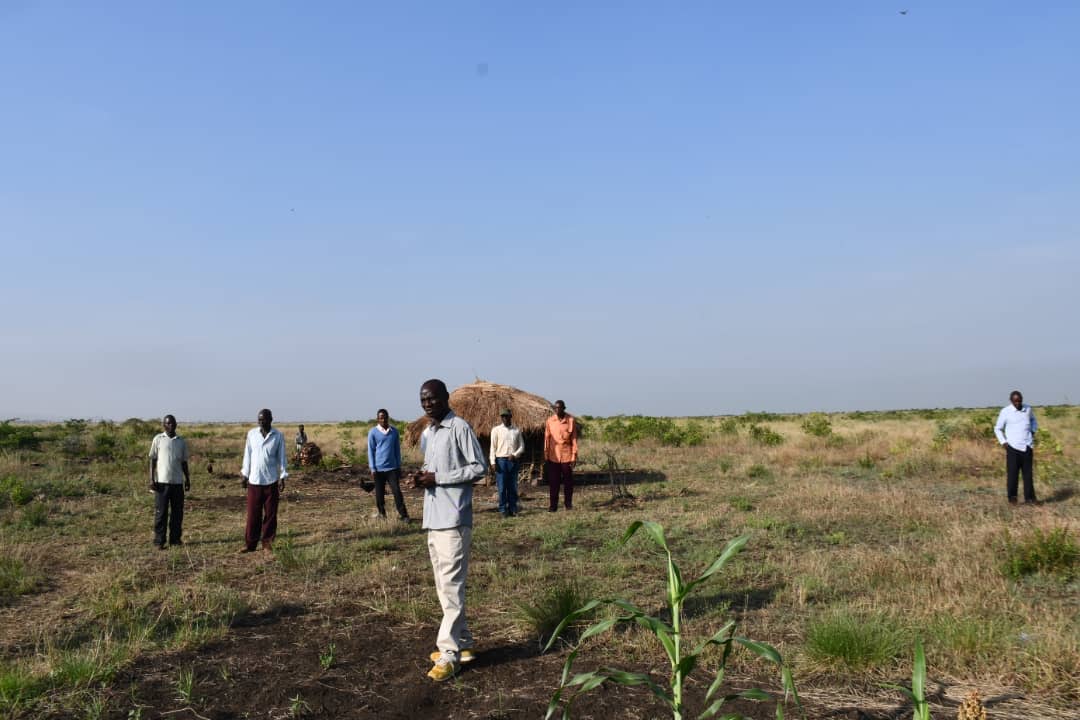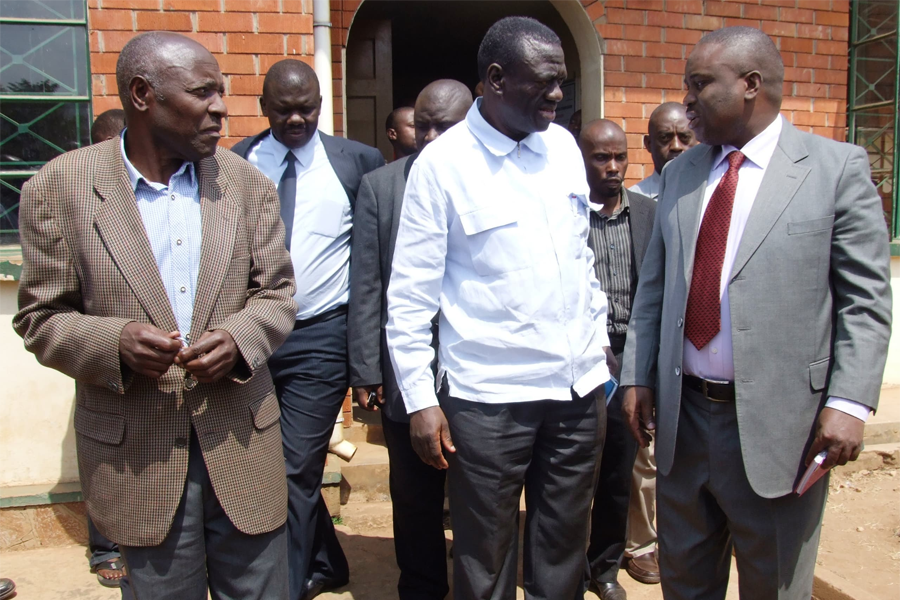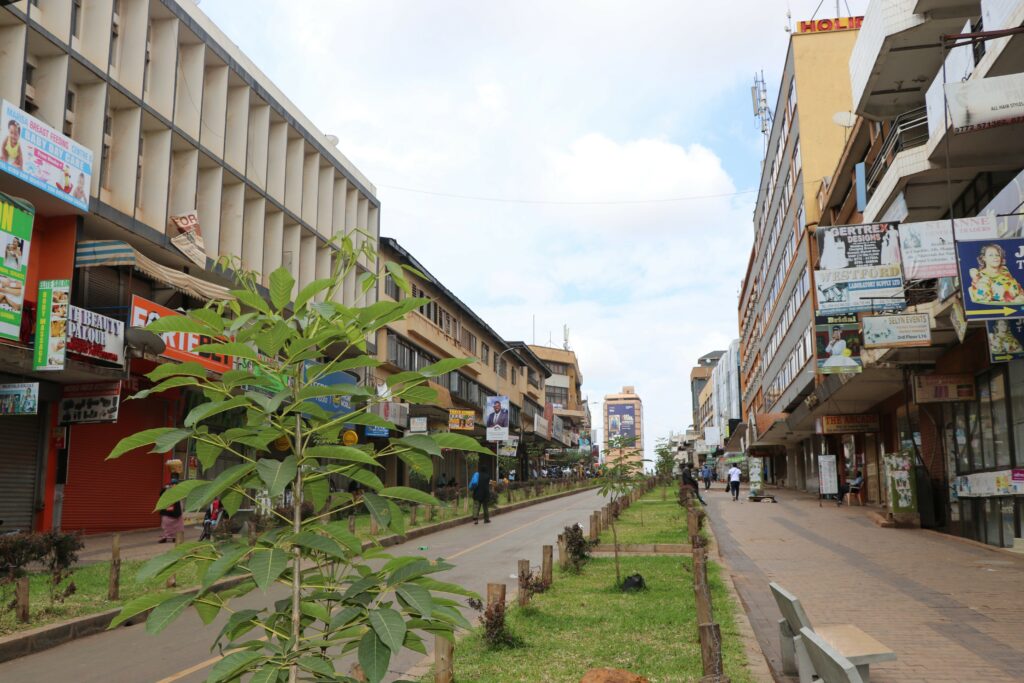How to make the East African Chapati in three simple steps
The East African Chapati Recipe is beautiful unleavened flat Bread eaten in East Africa in countries like Burundi, Uganda, Mozambique, Kenya.
It has a delicious but subtle flavour that is why it can be easily paired with almost any dish whether sweet or savoury making it an extremely versatile side dish staple.
INGREDIENTS
• 2 cups whole wheat flour or drum-wheat “Atta”
• 1 teaspoon salt
• 1 cup water
• 2 tablespoons wheat flour, for rolling and dusting
INSTRUCTIONS
1. Sieve the flour, add salt to it and mix well. Place the flour in a large bowl and add 3/4 cup of the water. Stir gently with fingers in a circular motion until the flour starts to gather.
Add 1-2 tablespoons more flour if the dough looks too sticky. Add more water if it looks too dry and firm.
2. Knead the flour until it becomes soft and pliable and doesn't stick to your fingers. You can put a little oil on your hand while kneading the dough to help with kneading. Cover the dough with plastic wrap and let the dough rest for at least 1 hour, at room temperature.
You may store the dough in refrigerator. Just thaw to room temperature before using it.
3. Once ready to make chapatis, heat the griddle over medium-high heat. Divide the dough into 10-12 equal-sized dough balls. Working on one dough ball at a time.
Roll a dough ball in the flour and flatten it a bit with your hands. Transfer the flatten ball to a clean flat surface, roll it with a rolling pin into a 6-7 inch disc.
Plain or Flaky Chapatis
You can either make these chapatis without layers – plain chapati or with layers – Flaky Chapati. Though the later need some practice to master it once you master the skill, it becomes less work.
The plain chapatis are easier to prepare at home than the layered, but the flaky and layered chapatis are still people’s favorite when it comes to choice.
Here is how to make the flaky layers: I guess it’s better with pictures than words! Let’s address some concerns about chapati bread
• You can add little oil to the dough while kneading.
This will make the chapati brown faster during the cooking process, thereby, preventing it from losing excess moisture.
• The dough needs to be soft and supple but not too soft. You can use lukewarm water to achieve this instead of room temperature water.
• Don’t skip the resting time, even if you don’t want the flaky version, it is still very important to leave the chapati dough to rest for about 10 to 15 minutes. In this way the dough will be easy to roll without breaking apart.
• Knead well! This will allow your dough to develop its elasticity and enable it o be soft and supple.
• You can substitute water with milk or buttermilk for a softer chapati.
• Cook the Chapatis on a medium to high heat, and it shouldn’t take more than 60 seconds (a little more or less) to cook to avoid moisture loss. Cook the first side for 10–15 seconds and cook the other side for about 30–40 seconds. However, be sure to cook both sides well.
• It is very important to use a non-stick pan in order to prevent the chapati from sticking to the pan or burning.
• Store in a casserole immediately. If you are planning on packing them for lunch, wrap them in a few tissues or foil.
• Placing the dough on a cold pan will harden the resulting Chapati so be sure to make sure to pre-heat the pan before placing the dough in it.
• The rolled balls wrapped in a damp towel and kept in the fridge for a few days. You can use them as needed.
• You can use the mixer if you have one. It makes the whole process easier.
• You can reheat these flatbreads but they are best when eaten fresh.













